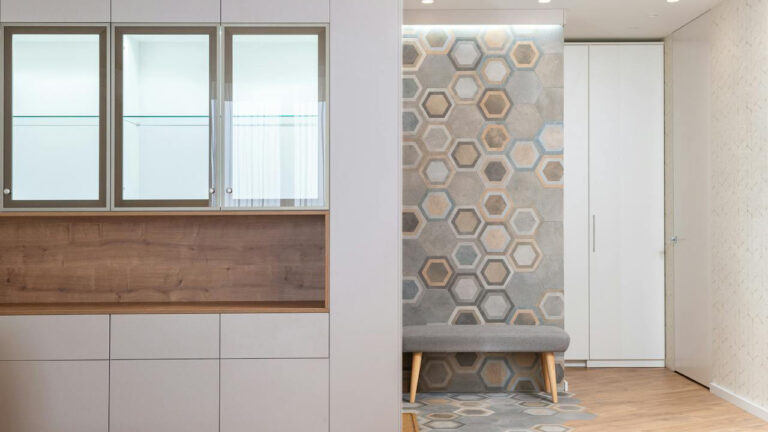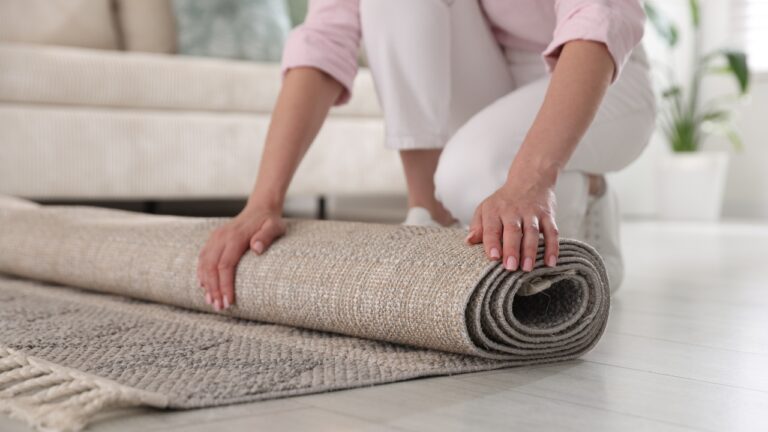What to take out of your living room if it feels off and you can’t explain why
When a room feels “wrong,” most people add things. Do the opposite. Edit first, then bring back only what earns its place. The goal is a layout that breathes, sightlines that make sense, and pieces that help people sit and talk without working around your decor.
Start with a quiet hour and take a photo
Sit in the room with nothing on—no TV, no music. Take a few photos from the doorway and the main seats. The camera is rude, which is helpful. You’ll spot what your eyes keep forgiving: the tiny rug, the lamp that’s too short, the pile that migrated to a corner months ago. Use the photos as your “before” so you can see progress.
Remove the bossy piece and check the mood
Every living room has one thing running the show—a bulky recliner, a media cabinet that’s too tall, a plant stand blocking the window. Pull that piece out for a week, even if you stash it in a bedroom. If the room exhales, you just learned something. Bring back a lighter stand-in or rearrange so the boss can live without bullying the view.
Thin the smalls and protect the surfaces
Trinkets multiply quietly. Clear every tabletop and shelf, then add back only what serves the room: a lamp at face height, a tray for remotes, coasters, and one object with some weight. If you love collections, group them inside one zone—a shallow tray or a single shelf—so they read as a decision instead of a dust map.
Quiet the pattern count
If the rug, drapes, pillows, and throws all compete, your brain gets tired before you sit down. Strip to one patterned leader (usually the rug) and let pillows and drapes support it with texture and solid color. If the room still jitters, remove one more pattern. Calm is usually subtraction, not the perfect new pillow.
Unweight the corners and let light travel
Heavy furniture piled in one corner makes the whole room tilt. Trade one closed piece for something with visible legs so you see more floor. Pull plants and tall decor out of the window’s throw so daylight can cross the room. A lighter corner and a clearer window will do more than any new artwork.
Clear glass and cords from the first view

Media consoles love to collect wires and orphan remotes. Mount a power strip to the back, corral cords with stick-on clips, and tuck extras in a labeled box. Clean the TV glass and the coffee table top. Nothing dates a room faster than smudged glass and a cord nest.
Edit sound and scent
Loud, mixed fragrances layered with echo from bare floors feel like chaos. Choose one mild candle or diffuser and add a soft rug or lined curtains to absorb noise. If you use a sound machine for kids, park it away from the living area. Quiet rooms read finished, even with the same furniture.
Let the rug breathe and connect the group
If front legs aren’t on the rug, the seating looks nervous. Either size up or layer a large natural-fiber base under your favorite rug. Give the coffee table 16–18 inches from the sofa so people can move without a side-step. The room will feel bigger without moving a wall.
Give the room a test week

Live with the edits before you buy anything new. If you miss a piece, bring it back with intent—does it help conversation, light, or storage? If not, it can live somewhere else or leave your house. Rooms settle when every item has a job and the paths are clear. That “off” feeling fades because the space finally lines up with how you live.
Like Fix It Homestead’s content? Be sure to follow us.
Here’s more from us:
8 upgrades that look like you spent thousands (but didn’t)
9 small changes that instantly make a house feel high-end
*This article was developed with AI-powered tools and has been carefully reviewed by our editors.







